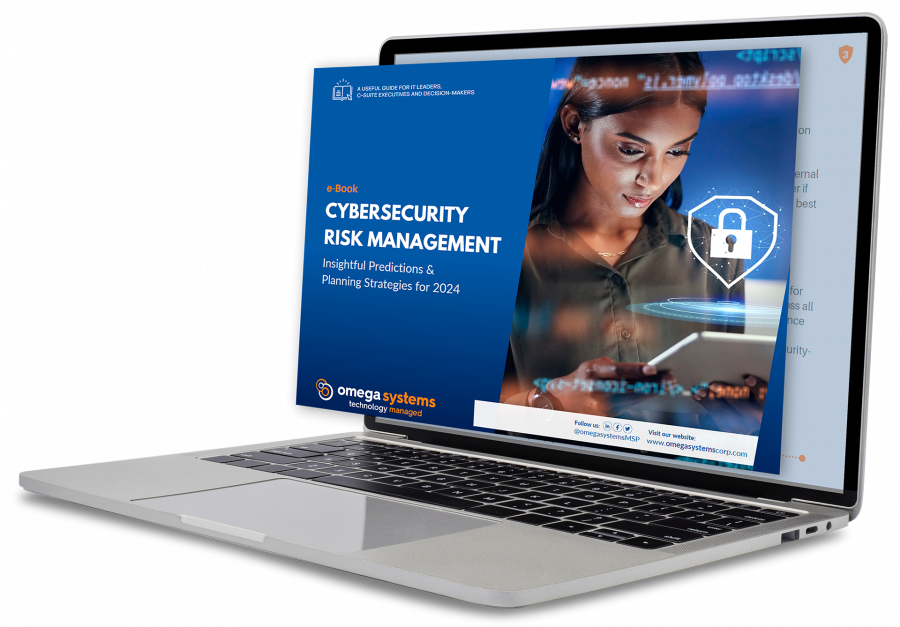
Technology in 2018 has become ubiquitous. The first thing many people do in the morning (wisely or not) is reach for their smartphone to check their missed notifications. New cars are being shipped with built-in WiFi, Bluetooth, LIDAR sensors, and a whole host of other bells and whistles. The computers we use have become smaller, faster and more versatile than ever before. But the fact remains that technology is merely a tool – a means to an end. How we achieve that specific end, or how we use the tools at our disposal to get work done is what I want to talk about today.
Wikipedia Defines the Term “Workflow” as Follows:
"Workflow consists of an orchestrated and repeatable pattern of business activity enabled by the systematic organization of resources into processes that transform materials, provide services, or process information.[1] It can be depicted as a sequence of operations, declared as work of a person or group,[2] an organization of staff, or one or more simple or complex mechanisms.”
To boil that down to a more simplified and specific definition, a workflow is the of the ‘how’ in how we get things done. For example, sitting down at your PC, logging into your user account, opening up Outlook and processing your inbox is a workflow common to many people. What is the end? Reading, writing and responding to emails. The how? A combination of hardware (a PC, mouse, keyboard, and monitor), software (your Windows or Mac operating system, Microsoft Outlook, and an email server) and a series of steps (log in, open Outlook, review read emails, flag the ones I need to respond to, etc.). Now let’s look at that same workflow using some different tools.
As I mentioned above, many of us check our email first thing their phone. What is the endgame? The same thing, process your email, read and respond. But the tools and the process have been changed somewhat. Instead of a PC and peripherals, you are using a phone. Instead of Outlook, you are using one of a host of email apps available on your chose smartphone OS. The steps to access the device and software will be slightly different, but again, the end result is the same: #inboxhandled.
In the above-mentioned workflows, there are many variables at play, some obvious to the end-user and some not-so-much. Different hardware has different capabilities. For example, if I want to type out a 500-word email I am probably going to elect to do it on a machine with a full keyboard and mouse rather than my smartphone. A pretty obvious disparity in capability/efficiency. But what about that email server I mentioned above? To most of us, it is simply a black box or something…’cloudy’. In reality, it is arguably the most important component of how you work.
How is Workflow Affected?
Let’s take a look at two of the more popular email platforms today: Microsoft Exchange (which is the underlying platform that powers Office 365) and Gmail. Both use different protocols and work better with certain particular software. Because of the underlying communication protocols in use, Exchange lends itself to the best user experience on Outlook and the myriad of mobile apps that provide Exchange support. Gmail, on the other hand, uses different underlying protocols to synchronize content to devices, and as such lends itself to a different workflow. The Gmail web and mobile apps are likely going to provide the best user experience in this scenario and thus will likely be the primary tools in a Gmail user's email processing workflow.
How do MSPs Improve Workflow?
One of my favorite things about working for an IT Managed Service Provider (MSP) is that I get to see how different organizations work. It is why we as technicians need to be familiar with a myriad of different hardware and software solutions in order to be able to support the various demands of different client workflows. The example above is one very small piece of a much larger puzzle. Organizations and individuals have workflows for creating, editing and collaborating on documents and spreadsheets, communicating via instant messaging platforms, balancing the books, producing media, and innumerable other end-goals.
All roads may lead to Rome, but in our unique position as MSP techs, we have the experience of having walked many of them. Because we see so many different ways of working we are able to spot inefficiencies and often recommend better ways to get things done. Normally our job is to simply fix what is broken in the process and get you back to work, whether it be hardware or software, but sometimes when we spot inefficiencies we can bring the added value of recommending a more direct road to get you to Rome. That is, in my opinion, one of the biggest value-adds of working with an MSP and one of the most rewarding ways we are able to effect positive change for our clients.
Contact The TNS Group today to learn more about partnering with an MSP and the positive impact it can have on your business.
Categories: Managed Service Provider, MSP Blogs




